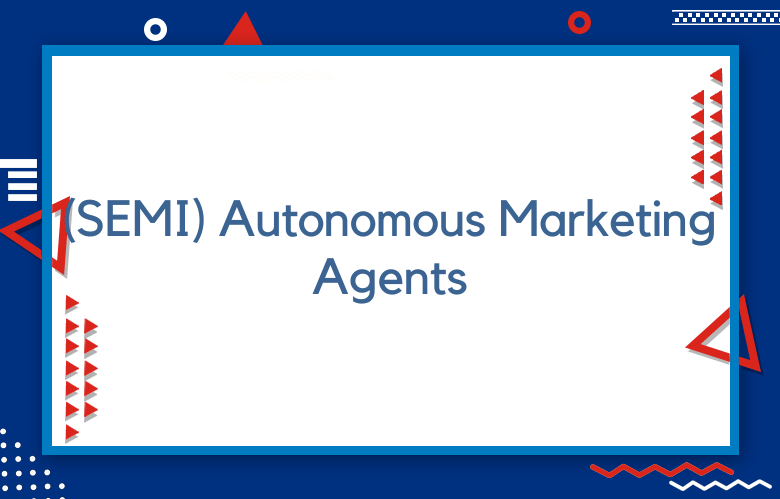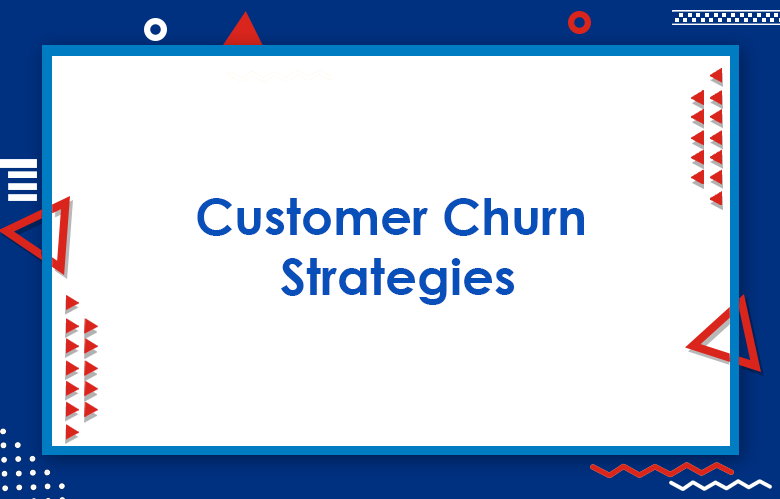Contextualizing Large Language Models (LLMs) with Marketing Data

As businesses strive to deliver more personalized customer experiences, there is an increasing demand for natural language processing (NLP) technologies. Large language models (LLMs) such as GPT-3 are being deployed to facilitate communication between businesses and their customers. However, these models have challenges.
One of the biggest challenges is contextualization. This paper explores how marketing data can help contextualize LLMs, enabling businesses to communicate better with their customers.
What are Large Language Models (LLMs)?
Large Language Models (LLMs) are AI-powered machines designed to understand and generate human-like language patterns.
This involves various algorithms such as OpenAI’s GPT-3, Google’s BERT, etc.
These language models are the core components of natural language processing (NLP), used to collect, analyze, and intelligently interpret text data. LLMs have revolutionized NLP by helping machines understand natural language and text context.
What is Contextualizing LLMs with Marketing Data?
Marketing data provides valuable information about customers’ behavior, opinions, interests, and preferences. Contextualizing LLMs with marketing data means connecting these models with marketing data through algorithms to extract valuable insights.
In simple terms, contextualizing LLMs means enabling these models to understand the context of the marketing data and provide meaningful insights based on that context.
By doing so, contextualized LLMs help marketers make data-driven decisions about their strategies, products and services, customer engagement, and market research.
Why are Contextualizing LLMs with Marketing Data Important?
Marketing data by itself is of little value without proper analysis and context. Contextualizing LLMs with marketing data enables machines to understand how customers interact with a brand or product.
This allows for the creation of personalized campaigns that resonate with the audience’s needs, behavior, and preferences. Contextualized LLMs can also recognize trends, patterns, opportunities, and threats in real time by analyzing the context.
Businesses can optimize their marketing strategies by leveraging these insights to improve customer experience, reduce churn, and increase revenue.
How Contextualizing Large Language Models (LLMs) Can Boost Your Marketing Strategy.
In today’s digital age, language models dominate the marketing industry. Large Language Models (LLMs) like GPT-3 possess human-like language abilities, enabling them to understand language patterns and respond accordingly.
Leveraging the power of LLMs can transform your marketing strategies by automating content creation, social media posting, and customer service. But how do you ensure that the output is relevant and timely?
The answer lies in contextualizing LLMs with marketing data. We’ll investigate how this can enhance your marketing game.
Understanding the Power of Contextualizing Large Language Models (LLMs) with Marketing Data.
In digital marketing, language models are essential to any successful campaign. These models allow marketers to better predict user behavior, improve their content and ad targeting, and ultimately increase conversions.
Recently, however, there has been a shift towards building more extensive and complex language models, known as LLMs. We’ll explore the power of contextualizing LLMs with marketing data and how it can revolutionize how businesses approach marketing.
To start, let’s define what LLMs are. Deep learning models are trained on massive amounts of text data.
They are designed to generate new text by predicting the likelihood of a given sequence of words based on context, making them potent tools for natural language processing. The problem is that they can also be complex and difficult to tune for specific needs.
The Power of Contextualizing Large Language Models (LLMs) with Marketing Data.
In today’s digital world, businesses constantly look for ways to improve customer engagement, increase brand awareness, and drive sales. One way they do this is by using large language models (LLMs) to generate informative and engaging content.
However, the key to using LLMs successfully lies in contextualizing them with marketing data. This means that businesses must understand how to use their marketing data to inform the content generated by LLMs so that it speaks directly to their audience and meets their specific needs.
We’ll look at the power of contextualizing LLMs with marketing data and how it can help businesses get the most out of their content marketing efforts.
Types of Contextualizing Large Language Models (LLMs) with Marketing Data.
Understanding Contextualization
Contextualizing LLMs involves imbuing them with an understanding of the context in which they are being used. This allows the models to generate more relevant responses.
The context can include the user’s location, previous interactions, and even the time of day. Without contextualization, the models may generate generic or irrelevant responses, which can be frustrating for the user and damaging to the business.
Leveraging Marketing Data
Marketing data can provide valuable insights into the context in which LLMs are used. Data such as the user’s demographics, behavior, and purchase history can be used to create a more personalized experience.
For example, a chatbot powered by an LLM can use data about a user’s past purchases to recommend new products they may be interested in. By leveraging this data, businesses can create a more seamless and enjoyable customer experience.
The Importance of Real-Time Data
Contextualization is not a one-time event. Instead, continuous updates are required to reflect user behavior and environmental changes. Real-time data is, therefore, critical in allowing LLMs to generate relevant responses.
For example, a chatbot can use real-time data about a user’s location to recommend nearby stores or restaurants. By constantly updating the context, businesses can ensure that LLMs are consistently generating up-to-date and relevant responses.
Overcoming Bias
LLMs are only as good as the data on which they are trained. If the data is biased, the models will be biased as well.
This can be problematic in marketing contexts, where bias can lead to discriminatory or offensive responses. To combat this, it is essential to ensure that the data used to train LLMs is diverse and representative of all users.
Putting it All Together
Contextualization is essential for the successful deployment of LLMs in marketing contexts. Businesses can create a more personalized and relevant customer experience by leveraging marketing data and real-time updates.
However, ensuring that the data used to train LLMs is diverse and representative of all users is essential. Considering these considerations, LLMs can be a powerful tool for improving customer communication and driving business success.
Conclusion:
The deployment of LLMs is rapidly increasing in marketing contexts, and it is essential to understand the challenges of their use.
Contextualization is an essential aspect of deploying LLMs in marketing contexts, and marketing data can provide valuable insights into the context in which they are being used.
By leveraging real-time updates and diverse data, businesses can create a more personalized and relevant customer experience, improving communication and higher customer satisfaction.
As the use of LLMs continues to expand, businesses that invest in contextualization will be best positioned to reap the benefits of this technology.
Call: +91 9848321284
Email: [email protected]



